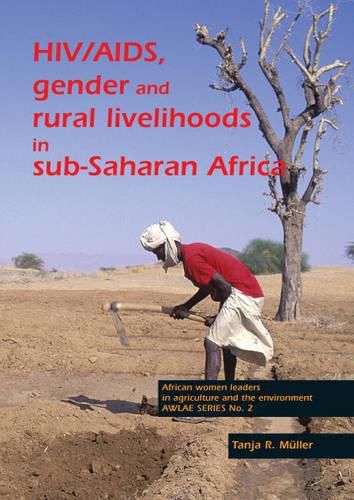Readings Newsletter
Become a Readings Member to make your shopping experience even easier.
Sign in or sign up for free!
You’re not far away from qualifying for FREE standard shipping within Australia
You’ve qualified for FREE standard shipping within Australia
The cart is loading…






This second publication in the AWLAE series on HIV/AIDS and agriculture in sub-Saharan Africa discusses the gender dimension of HIV/AIDS impact at household and community level. It does so in using the threefold typology of gender specific constraints, gender intensified disadvantages and gender imposed constraints. Special foci of attention include the implications of gender constraints for food security in rural settings, where women are the main producers of food crops as well as the main caregivers; and how cultural norms determine the different options open to women in contrast to men in mitigating the effects of the epidemic. This last point provides the link to the last publication in the series, which discusses agricultural mitigation strategies in the context of HIV/AIDS as a challenge to human development. The text is followed by an annotated bibliography.
$9.00 standard shipping within Australia
FREE standard shipping within Australia for orders over $100.00
Express & International shipping calculated at checkout
This second publication in the AWLAE series on HIV/AIDS and agriculture in sub-Saharan Africa discusses the gender dimension of HIV/AIDS impact at household and community level. It does so in using the threefold typology of gender specific constraints, gender intensified disadvantages and gender imposed constraints. Special foci of attention include the implications of gender constraints for food security in rural settings, where women are the main producers of food crops as well as the main caregivers; and how cultural norms determine the different options open to women in contrast to men in mitigating the effects of the epidemic. This last point provides the link to the last publication in the series, which discusses agricultural mitigation strategies in the context of HIV/AIDS as a challenge to human development. The text is followed by an annotated bibliography.